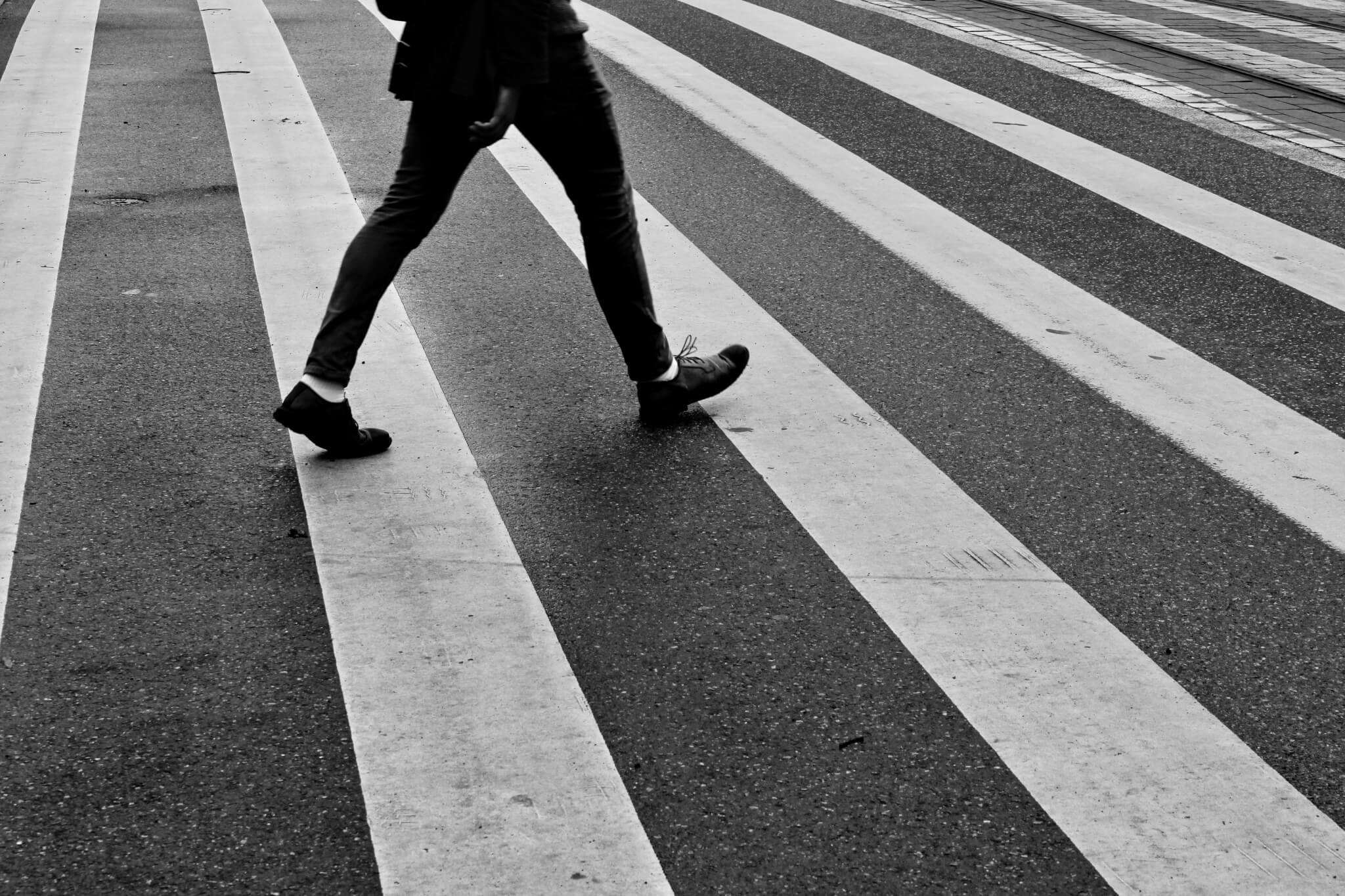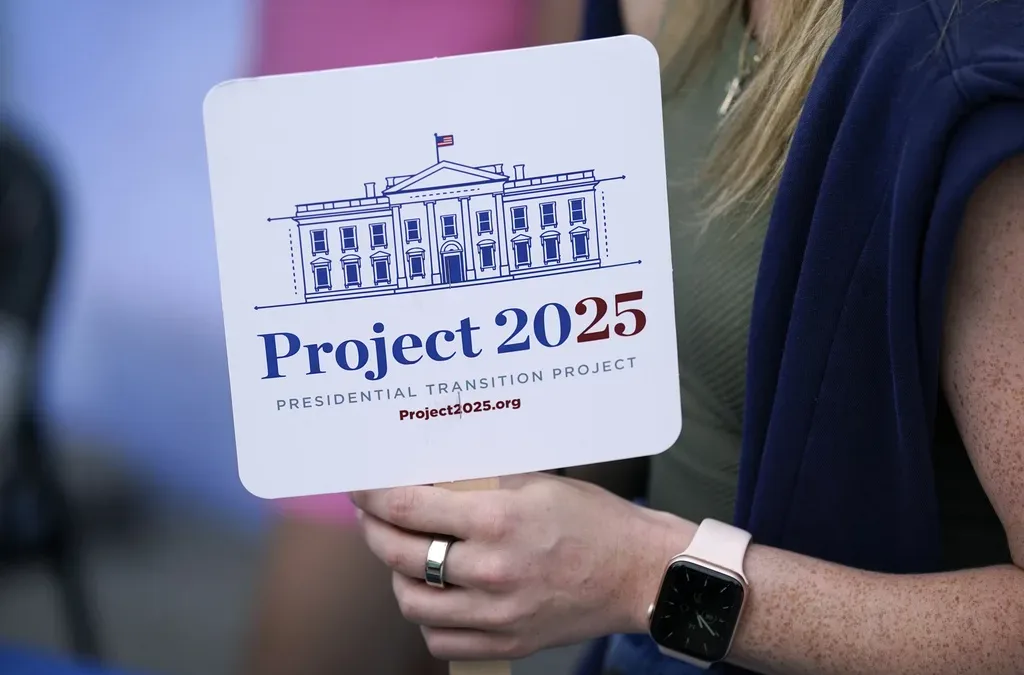
Photo by Gunnar Madlung on Unsplash
by Nathaniel Cline, Virginia Mercury
In Central Virginia, multiple pedestrian fatalities – including the death of a Virginia Commonwealth University student killed after a vehicle drove onto a sidewalk where he was walking a few weeks ago – have renewed efforts to reduce traffic crashes. City of Richmond leaders recently announced they are planning to install pedestrian hybrid beacons to help curb the traffic crash cases on its busy streets.
“I want to thank the city for applying for a grant to install pedestrian hybrid beacons because they are stoplights for pedestrians to be able to stop cars,” said Brantley Tyndall, a cyclist and public safety advocate with Sports Backers’ Bike-Walk RVA. “It’s a super effective tool.”
Virginians hope that improved traffic measures, including the pedestrian hybrid beacons, will help to reduce the increased number of traffic crashes and fatalities involving pedestrians that have been ticking up statewide since the COVID-19 pandemic.
Crash cases involving pedestrians dropped by nearly 400 cases to 1,242 in 2020 — likely because fewer cars were on the roadways — but they slowly increased to 1,399 in 2021 and to 1,476 in 2022, according to the Virginia Department of Transportation.
The agency is still collecting data for the current year. However, nearly a hundred more statewide cases were reported between January and March 2023, a total of 378, compared to 290 crash cases in 2021.
Tools the state and some localities are installing to combat this problem include pedestrian hybrid beacons, also called HAWK (High Intensity Activated Crosswalk) signals. They are commonly used to help pedestrians cross higher-speed roadways at midblock crossings and uncontrolled intersections. The signals have two red lenses above a single yellow lens. Two of them installed by the state are in Northern Virginia on Sunrise Valley Drive and on Backlick Road near Lynbrook Elementary, both in Fairfax County.
Jessica Cowardin, a spokeswoman with the Virginia Department of Motor Vehicles, said the agency has not received any questions about navigating the beacons. However, DMV does provide new drivers education on the beacons, she said, adding that information can be found in the driver’s manual.
Bonnie O’Day and Bob Hartt, a couple in the City of Alexandria who routinely use the pedestrian hybrid beacons on West Braddock Road between Minnie Howard Campus and North Early Street, said the signal is effective and vital in aiding their visual impairment.
“Anything that makes the street safer for us, makes the streets safer for everyone,” said O’Day.
The signal connects residential neighborhoods to schools and other parts of the community, and helps pedestrians cross on an uncontrolled four-lane roadway. The couple, along with their neighbors, advocated for the signal within two years of moving to the area.
The signal is one of a handful of HAWK signals in the city. When a pedestrian activates the beacons, the signal will flash a yellow light and then turn solid red, directing drivers to proceed slowly and stop. The lights will disappear once the pedestrian has crossed, permitting drivers to proceed. Other localities have signals that flash a red sign directing drivers to stop at the signal and then continue before disappearing.
According to a Nov. 2019 staff report to the City of Alexandria’s Traffic and Parking Board, the city has repaved the road, reduced the speed limit from 35 mph to 25 mph and installed high visibility crosswalks and signage to improve the West Braddock Road crossing. However, pedestrians continued to face challenges because of the high traffic volume and number of travel lanes. Commuters also found it challenging to board buses.
Hartt added that as helpful as the signal has been, they don’t need to be at every intersection, only those that have high volumes of traffic. One of the features he hopes the city will add to the signal is an audible function because when he presses the walk button on the signal, he has no way of knowing if traffic has stopped.
“It’s effective with the audible output, which really does tell us that the light is functioning, [but] it doesn’t tell us the traffic has stopped,” Hartt said.
HAWK signals can be costly for some localities. However some, including the City of Alexandria, have found and installed alternatives, like Rectangular Rapid Flash Beacons.
On Seminary Road in Alexandria, a series of beacons can be found along a stretch of the roadway. The flashing beacons, paired with a pedestrian warning sign, flash yellow lights when activated to direct drivers to slow down and stop.
The roadway was changed from four lanes to three to allow pedestrians to more safely cross the road. The 2019 reconfiguration also created bikes lanes for a portion of the corridor and shared-use lane for cyclists and pedestrians for the remainder while also allowing emergency service vehicles to travel the roadway expeditiously.
“The purpose of these flashing lights is to help get a driver’s attention who may not notice you,” said Jim Durham, an Alexandria resident who helped spearhead the change. “They may be focused on the center of the road, but you really want them to notice, ‘Hey a pedestrian is waiting to cross.’”
Generally, the cost for the pedestrian hybrid beacons, or HAWK signals, ranged between $100,000 to $250,000, according to Camila Olivares, a spokeswoman with the City of Alexandria. The rapid flash beacons range from $10,000 to $30,000. The design and purpose of the signals are factors that could determine the costs.
“The increase in crashes involving pedestrians or other vulnerable road users is very disheartening and will require a holistic approach,” said Janet Brooking, executive director for nonprofit Drive Smart Virginia, a nonprofit which monitors statewide traffic safety trends.
Brooking said the organization had seen an increase in many dangerous driving behaviors, mainly during and following the pandemic.
“It may take many years to reverse these poor habits, so it’s important to bring a diverse group of stakeholders together now to develop an action plan that will be effective in reaching all residents with messaging and strategies,” Brooking said.
Brooking affirmed that pedestrian beacons appear to be a viable option for increased safety.
She said studies including those by the National Highway Traffic Safety Administration have shown that nearly 74% of pedestrian fatalities occur at non-intersection locations. The use of pedestrian beacons have been shown to reduce crashes by 55%.
In February, the General Assembly amended the state code requiring drivers to stop when a pedestrian is crossing a highway; now drivers must stop when walkers are within the driving lane, within the adjacent lane, or approaching it.
Bills expanding who can use the pedestrian control signals failed in the Senate. Sen. Barbara Favola, D-Arlington, carried a similar bill but it also failed to pass the Senate.
“Across the U.S. in general, and the commonwealth in particular, there’s increasing pedestrian fatalities and serious injuries, and so I think the jurisdictions are responding to that and saying ‘How can we make them safe?’ and these types of beacons are tools in the toolbox to increase pedestrian safety,” Durham said.
Virginia Mercury is part of States Newsroom, a network of news bureaus supported by grants and a coalition of donors as a 501c(3) public charity. Virginia Mercury maintains editorial independence. Contact Editor Sarah Vogelsong for questions: [email protected]. Follow Virginia Mercury on Facebook and Twitter.
Politics

Biden marks Earth Day by announcing $7 billion in solar grants
The Biden administration on Monday announced the recipients of its Solar For All Program, a $7 billion climate program that aims to lower energy...

6 terrifying things that could happen if the Comstock Act is used to target abortion
Does 1873 sound like a really, really long time ago? Well, that’s because it is—but if Republicans and far-right anti-abortion activists have their...
Local News

Virginia verses: Celebrating 5 poetic icons for National Poetry Month
There’s no shortage of great writers when it comes to our commonwealth. From the haunting verses of Edgar Allan Poe, who found solace in Richmond's...

Join the fun: Recapping Family Literacy Night’s storybook adventures
When’s the last time you read a book aloud with a loved one? If it’s difficult to answer that question, then maybe it’s time to dust off that TBR...




